1491: New Revelations of the Americas Before Columbus - PDF
1491: New Revelations of the Americas Before Columbus - PDF
Tax included. No shipping required.
Couldn't load pickup availability
 216 Downloads - 658 Pages
216 Downloads - 658 Pages
 Multi-Device Compatibility
Multi-Device Compatibility
 24/7 Customer Service
24/7 Customer Service
Contrary to what so many Americans learn in school, the pre-Columbian Indians were not sparsely settled in a pristine wilderness; rather, there were huge numbers of Indians who actively molded and influenced the land around them. The astonishing Aztec capital of Tenochtitlan had running water and immaculately clean streets, and was larger than any contemporary European city. Mexican cultures created corn in a specialized breeding process that it has been called man’s first feat of genetic engineering. Indeed, Indians were not living lightly on the land but were landscaping and manipulating their world in ways that we are only now beginning to understand. Challenging and surprising, this a transformative new look at a rich and fascinating world we only thought we knew.
NATIONAL BESTSELLER • A groundbreaking work of science, history, and archaeology that radically alters our understanding of the Americas before the arrival of Columbus in 1492—from “a remarkably engaging writer” (The New York Times Book Review).
This is a PDF version, not a hardcover book!
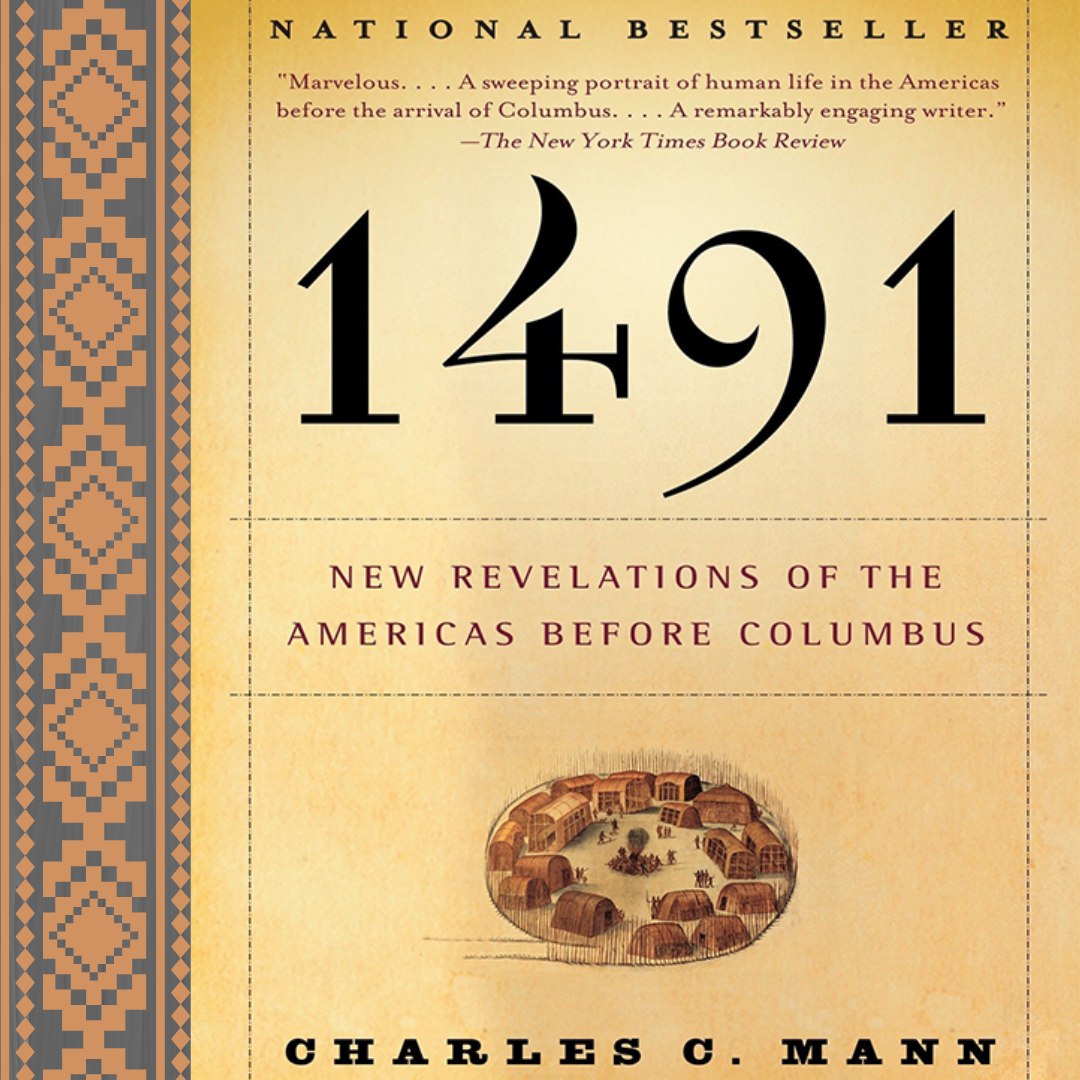
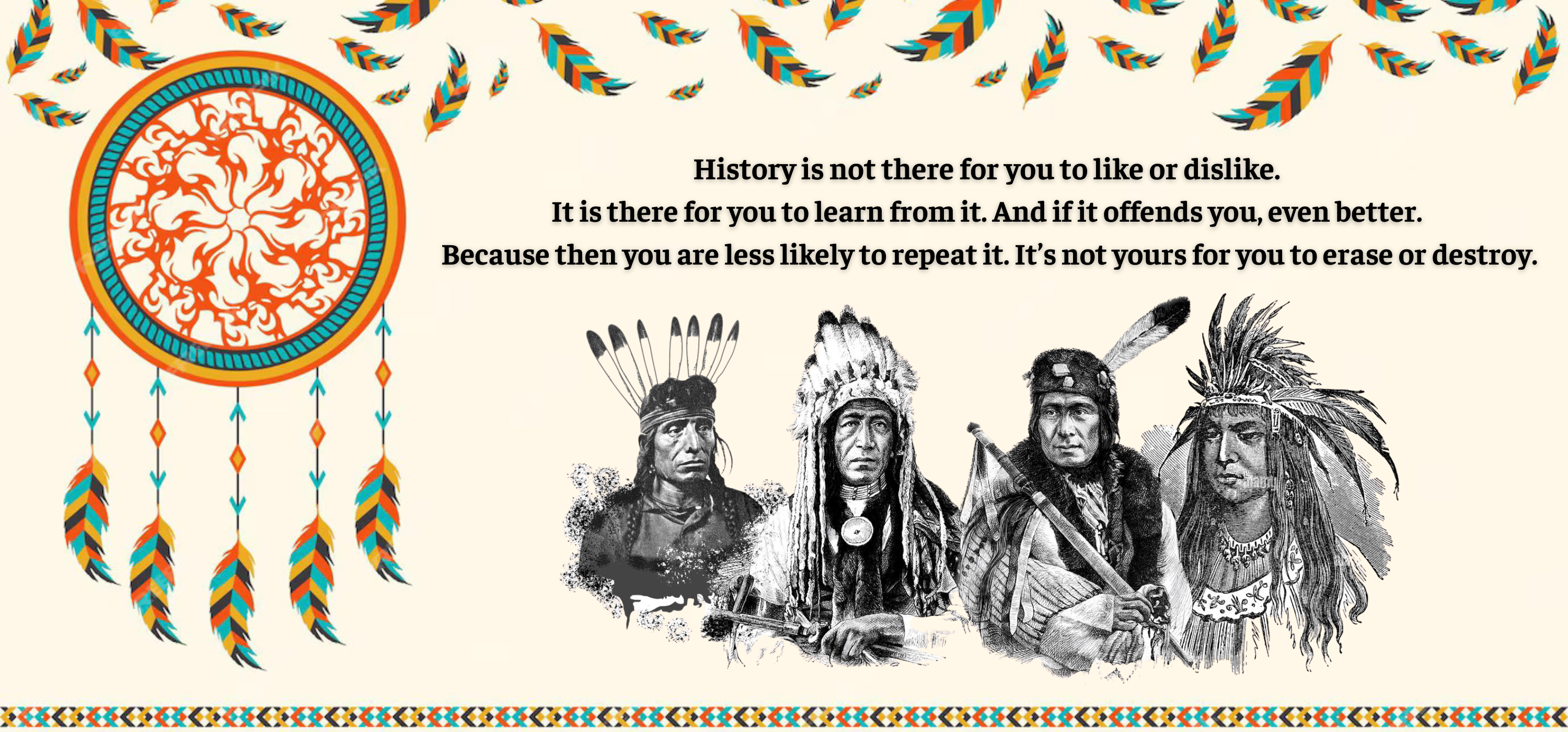
Book available on all devices!
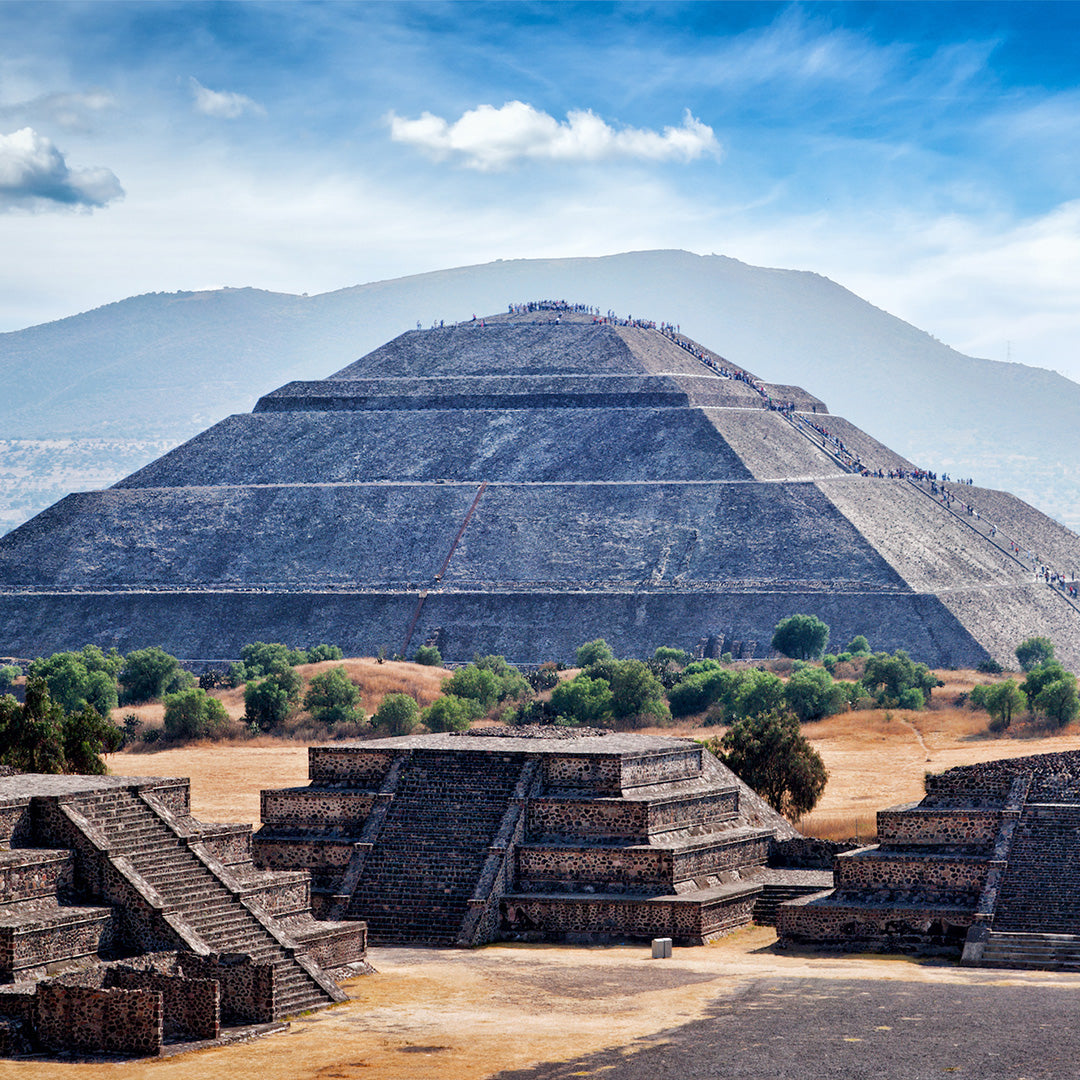
The Americas Were More Populated Than Once Believed
- Pre-Columbian Americas were home to tens of millions of people, potentially more than Europe at the time.
- Indigenous populations were vast, with large cities such as Tenochtitlan (Aztec capital) rivaling or surpassing the size and sophistication of European cities like Paris and London.
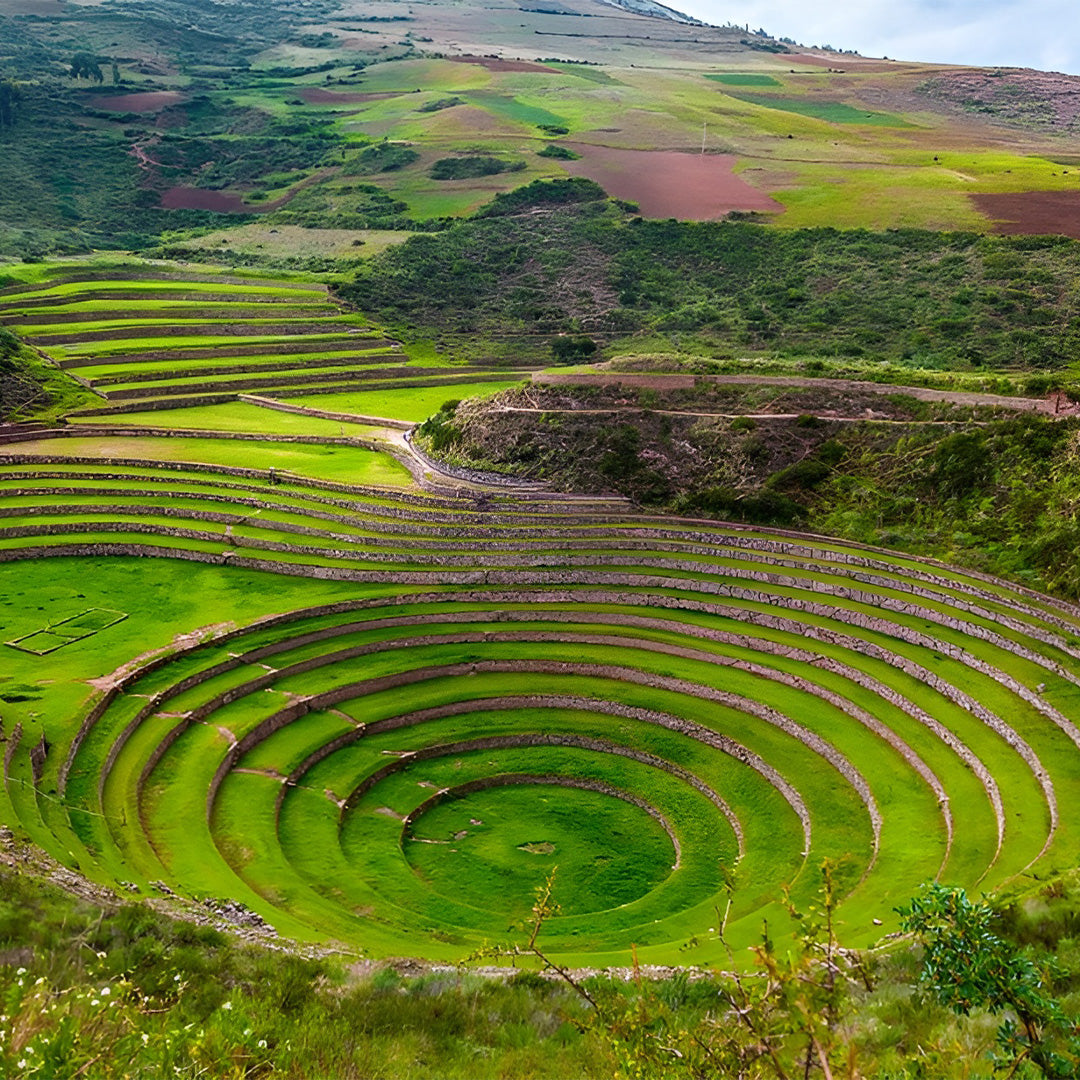
Indigenous Societies Were Advanced and Diverse
- Pre-Columbian civilizations demonstrated remarkable achievements in agriculture, engineering, governance, and science.
- Innovations like the domestication of maize, terraced farming in the Andes, and the Inca road system showcase the ingenuity of Native societies. These achievements were crucial for their survival and prosperity.
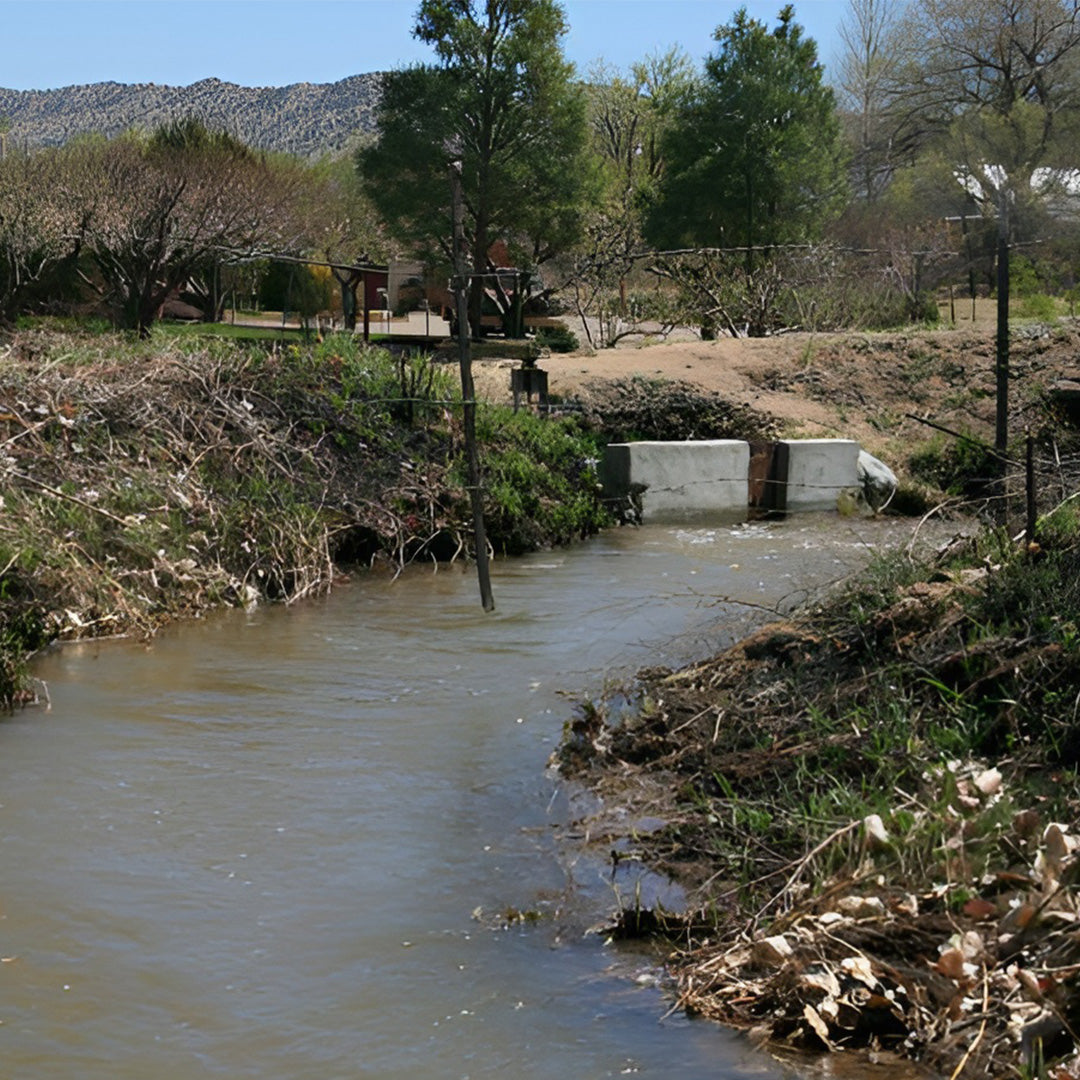
The Environment Was Actively Managed by Indigenous Peoples
- The "pristine wilderness" of the Americas was a myth; the land was extensively shaped by human intervention.
- Practices like controlled burns, irrigation systems, and soil enhancement (e.g., terra preta in the Amazon) illustrate how Indigenous peoples sustainably managed ecosystems for thousands of years.
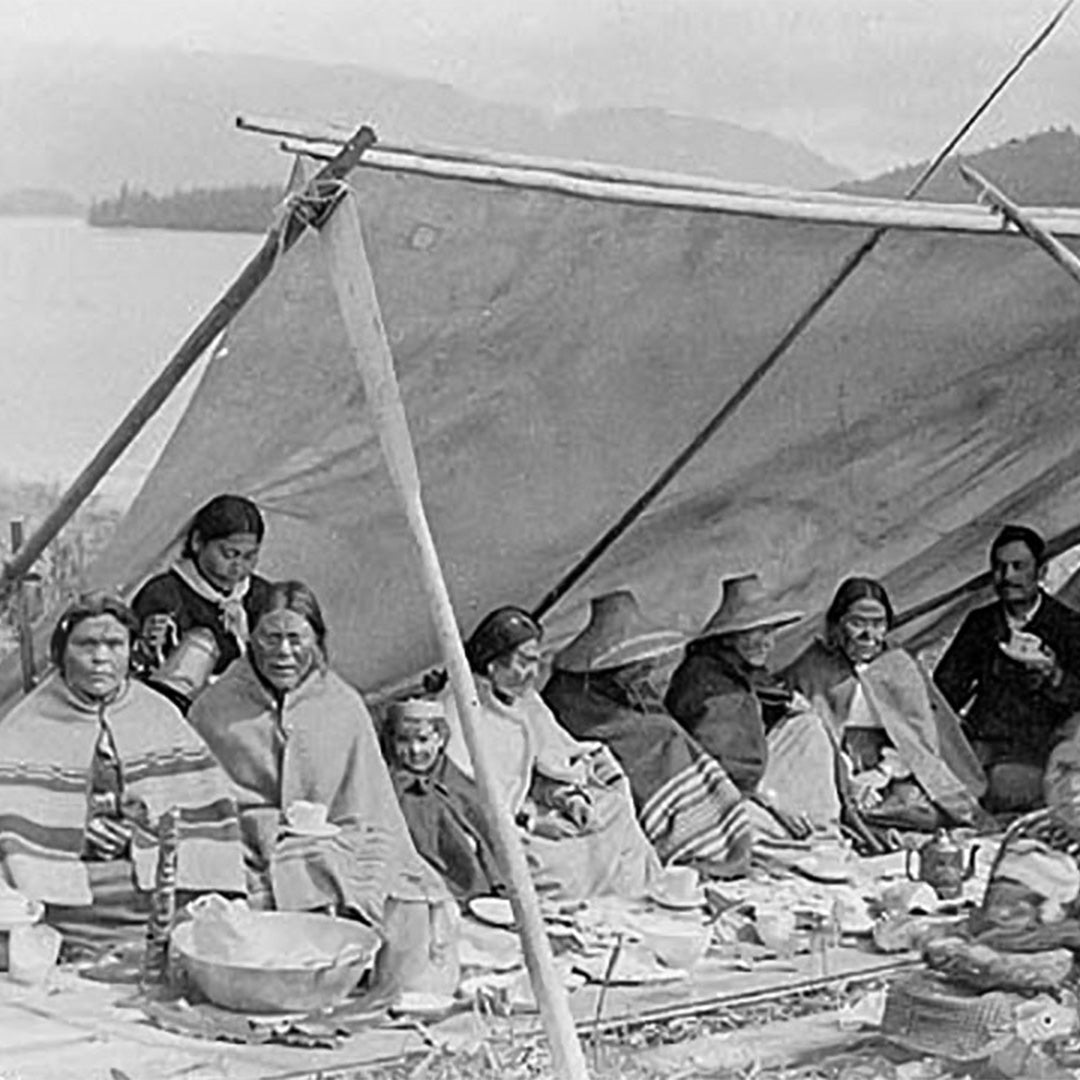
Devastating Impact of European Contact
- The arrival of Europeans triggered catastrophic pandemics that decimated Indigenous populations, with mortality rates as high as 90%.
- Diseases such as smallpox, measles, and influenza spread rapidly across the Americas, leading to the collapse of many societies and making the continents appear "empty" to later settlers.

The Columbian Exchange Redefined the World
- The reshuffling of plants, animals, and ideas after European contact permanently changed the Americas and the world.
- Indigenous crops like potatoes, maize, and tomatoes became global staples, while the introduction of European livestock and diseases radically transformed life in the Americas.
Frequently Asked Questions
🪶 What is the main argument of 1491?
1491 challenges the traditional narrative that the Americas were sparsely populated and undeveloped before European contact. Charles C. Mann argues that Indigenous civilizations were highly sophisticated, densely populated, and actively shaped their environments. He provides evidence of advanced agricultural techniques, vast trade networks, and complex societies that rivaled or even surpassed their European counterparts in certain aspects.
🪶 How does 1491 change our perception of pre-Columbian history?
The book forces readers to reconsider the idea that Native American societies were passive or primitive. Mann highlights how Indigenous people engineered the Amazon rainforest, developed maize into a staple crop, and constructed cities like Tenochtitlán, which was larger and more advanced than many European cities at the time. This new perspective emphasizes Indigenous agency and innovation, reshaping how we understand the history of the Americas.
🪶 Is 1491 based on solid historical and scientific evidence?
Yes, Mann draws from archaeology, anthropology, genetics, and historical records to support his arguments. He incorporates findings from modern excavations, linguistic studies, and ecological research to paint a more accurate picture of pre-Columbian civilizations. While some debates remain among scholars, 1491 is widely respected for its depth of research and its ability to synthesize complex academic discussions into an engaging and accessible read.




